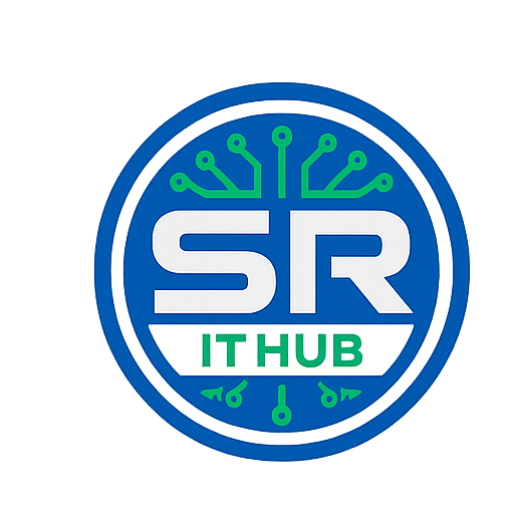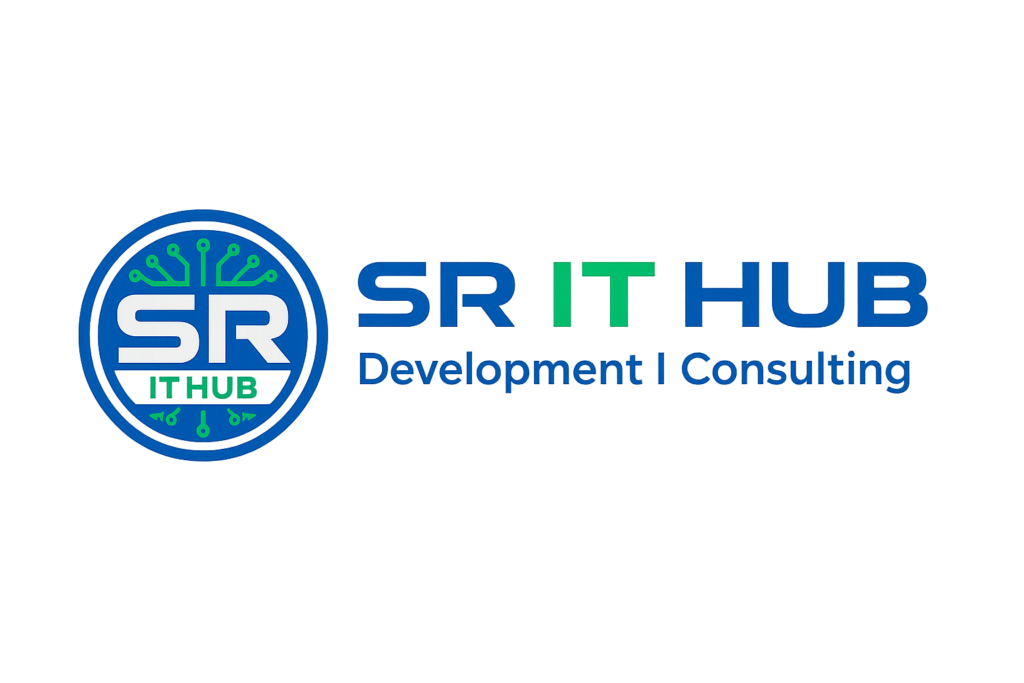ABSTRAT:
With ever-evolving technologies, the banking systems can update from their traditional methodologies to a digital, immutable, distributed ledger that can be implemented via Blockchain. Blockchain Technology is a distributed peer to peer linked structure which can solve the problem of maintaining and recording transactions in a banking system. Blockchain provides properties like transparency, robustness, auditability, and security. This paper aims at giving these functionalities in a distributed banking system using blockchain, which will be at par with the current methodologies. It will also focus on the limitations while implementing blockchain and future scope.
EXISTING SYSTEM :
Private blockchain is exactly opposite to public blockchain. To participate in a private blockchain, the user needs consent of the organization who is managing the blockchain. Private blockchains are always managed by a single entity or organization. Transactions done in a private blockchain are not transparent and are only visible to those members who are authorized by the organization. Public blockchains are fully decentralized but private blockchains are centralized in nature as they are managed by a single entity or organization. Private blockchains are also known as permissioned blockchains. Multi-chain and R3 Corda are the examples of private blockchain. C. Consortium Blockchain Consortium blockchains are similar to private blockchains with a small difference. Private blockchains are managed by a single entity but consortium blockchains are managed by a group of entities. Due to this reason, the disadvantage of a private blockchain becomes an advantage in consortium blockchain. Private blockchains have less security as it has a single point of failure but this is not the case in consortium blockchain. Consortium blockchain has all the benefits of a private blockchain
EXISTING SYSTEM DISADVANTAGES:
1.LESS ACCURACY
2. LOW EFFICIENCY
PROPOSED SYSTEM :
This paper acts as a root for all the development that has happened in the field of Blockchain and cryptocurrency. It proposes a system for electronic transaction among consumers without relying on trust. Here the cryptocurrency is formed by a framework of digital signatures which provides ownership and prevents the problem of double spending. Also, a peer-to-peer network using Proof of Work (POW) is proposed to enable this system. Hence it is a robust and secure distributed system. This paper proposes a basic idea of using Hash values and Timestamp server so as to maintain the integrity of the cryptocurrency and the transactions by broadcasting a new creation of block or a new transaction among all the nodes present in the network
PROPOSED SYSTEM ADVANTAGES:
1.HIGH ACCURACY
2.HIGH EFFICIENCY
SYSTEM REQUIREMENTS
SOFTWARE REQUIREMENTS:
• Programming Language : Python
• Font End Technologies : TKInter/Web(HTML,CSS,JS)
• IDE : Jupyter/Spyder/VS Code
• Operating System : Windows 08/10
HARDWARE REQUIREMENTS:
Processor : Core I3
RAM Capacity : 2 GB
Hard Disk : 250 GB
Monitor : 15″ Color
Mouse : 2 or 3 Button Mouse
Key Board : Windows 08/10

